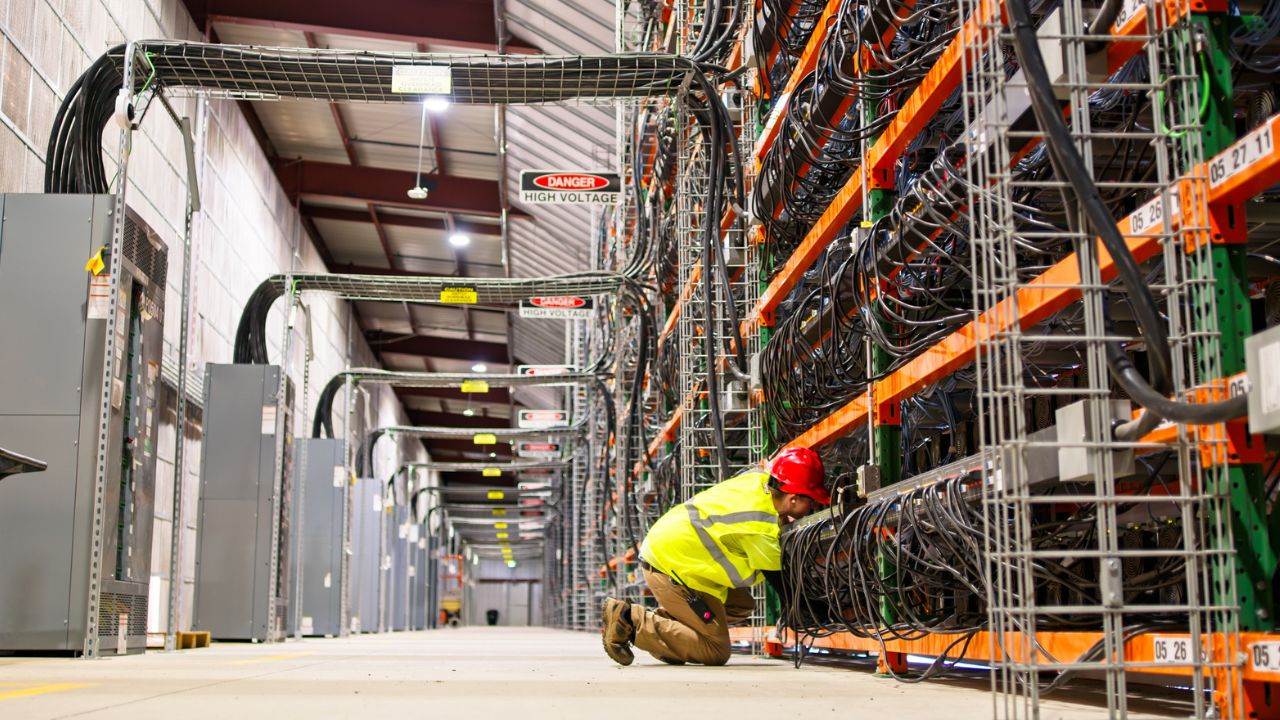According to Knight Frank’s latest Global Data Centres Report, capital expenditure is expected to exceed US$286 billion by 2027 as operators respond to increasing demand for AI-optimised infrastructure and cloud services.
Global data centre capacity is forecast to increase by 46 per cent over the next two years, adding approximately 20,828 megawatts (MW).
By 2030, capacity could expand by 177 per cent, driven by escalating demand for AI and enterprise digital transformation.
The Asia-Pacific region has emerged as the leading global investment destination for data centres in 2024, capturing US$15.5 billion in cross-border investment, more than any other region worldwide.
Australia was the second top investment location for capital in 2024 with $6.7 billion, behind only the United States at $14.6 billion.
Stephen Beard, Global Head of Data Centres at Knight Frank, said the industry is seeing big changes.
“The global data centre industry is undergoing rapid transformation, with hyperscaler and colocation providers prioritising markets that offer access to power, robust connectivity, and a favourable regulatory environment,” Mr Beard said.
“We are increasingly seeing sustainability considerations shaping investment strategies, with an increasing focus on renewable energy adoption and energy-efficient design.”

Australia’s data centre market has gained significant momentum following a recent US ruling that grants the country privileged access to Nvidia AI chips.
As one of only four nations in APAC exempt from any export restrictions, Australia now holds a strategic advantage in the AI race.
Melbourne is emerging as a key location for AI-driven data centre growth, challenging Sydney’s traditional dominance in the sector.
The Victorian capital is experiencing a major shift towards ultra-high-density deployments, with AI workloads pushing rack densities from 30-40kW to over 80kW.
This has intensified competition for high-density-ready colocation space, with operators racing to integrate liquid cooling and power distribution upgrades.
Knight Frank Head of Industrial Investments, Angus Klem, said buyer demand for data centres was only strengthening in Australia.
“The purchase of AirTrunk, which develops and operates large-scale data centre campuses across the Asia-Pacific region, by Blackstone and the Canada Pension Plan Investment Board last year, was the largest data centre transaction globally in 2024,” Mr Klem said.
“It cemented data centres as a major growth sector for Australia, and momentum has only been building since then.”
Mr Klem said that while Sydney has seen significant activity and Melbourne is gaining focus, other cities are also attracting interest.
“We are also seeing Perth gain more traction and over the coming years, the momentum in the data centres sector will flow through to every Australian capital city,” he said.
Fred Fitzalan-Howard, Head of Data Centres, APAC, said the region had a strong growth trajectory.
“The region’s data centre market is positioned for substantial growth, driven by increasing investor interest across both tier 1 and emerging tier 2 markets,” Mr Fitzalan-Howard said.
“Over the next three years, the APAC data centre market is expected to add approximately 8GW of new capacity, with 25 per cent dedicated to AI workloads.”

